According to research, all types of alcoholic beverages increase the risk of breast cancer. Women who drink one drink a day have a 7 to 10% increased risk of breast cancer. At two to three drinks a day, it increases to 20%. In fact, there is no safe level of alcohol consumption; the less you drink, the lower your risk.
1. Drinking alcohol increases the risk of cancer
A recent survey funded by the National Institutes of Health found that more than 50% of adults in the United States do not know that drinking alcohol increases the risk of cancer, including breast cancer. And among those who do know about the link between alcohol and cancer, there is a belief or perception that the risk varies depending on the type of alcohol consumed, which is not true.
"All alcoholic beverages, including wine, may increase cancer risk," said Dr. Andrew Seidenberg, who led the study, published in the American Journal of Cancer Epidemiology, Biomarkers & Prevention while he was a cancer prevention fellow at the National Cancer Institute.

All alcoholic beverages, including wine, can increase the risk of cancer.
Dr. Andrew Seidenberg, now research director at Truth Initiative, a nonprofit public health organization, added that drinking alcohol increases the risk of many types of cancer, including breast cancer.
A widely cited meta-analysis of 119 studies by the American Institute for Cancer Research (AICR) and the World Cancer Research Fund published several years ago determined that consuming just one alcoholic beverage per day increases the risk of breast cancer by 5% in premenopausal women and 9% in postmenopausal women.
"A 5% increase in risk may result in a negligible change over a year for women in their thirties but is higher in their forties," explains Dr. Anne McTiernan, lead author of the report and cancer prevention specialist at Fred.
Overall, a 9% increase means that if a woman starts with a normal 1 in 8 lifetime risk of breast cancer, drinking one drink a day over time can increase that risk to almost 1 in 7, and that's a significant increase.
According to the American Cancer Society, women who drink one glass of wine a day have a 7 to 10 percent increased risk of breast cancer. With two to three drinks a day, women face an approximately 20 percent increased risk of breast cancer.
2. There is no safe level of alcohol consumption.
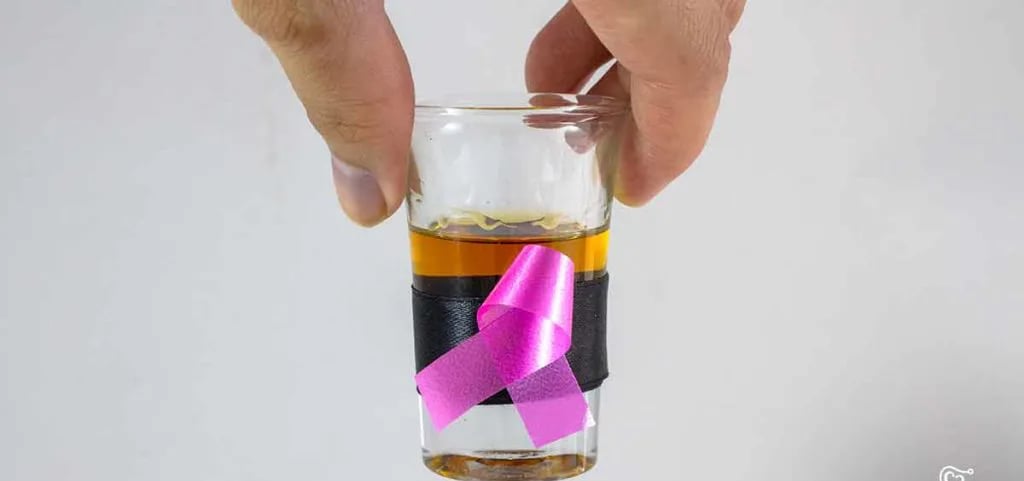
Alcohol abuse increases the risk of cancer.
According to the 2023 report of the World Health Organization (WHO) published in The Lancet Public Health journal, there is no safe level of alcohol consumption. Determining a safe level requires evidence that there is no risk of disease at or below a certain level, and there is no such evidence.
"We cannot talk about so-called safe levels of alcohol consumption - the risk to a drinker's health starts from the first drop of any alcoholic beverage. The more you drink, the more harmful it is - in other words, the less you drink, the safer it is," said Dr. Carina Ferreira-Borges, of the WHO Regional Office for Europe.
Alcohol has been classified as a Group 1 carcinogen by the International Agency for Research on Cancer and is linked to seven types of cancer. In addition to breast cancer in women, alcohol also increases the risk of cancers of the oral cavity (mouth), pharynx (throat), esophagus, liver, larynx, and colorectal cancer.
Alcohol contains ethanol, a known carcinogen, and it can promote cancer in several ways. Ethanol can increase estrogen levels, which in turn increases the risk of breast cancer. The breakdown of ethanol in the body can also produce high levels of acetaldehyde, which can damage DNA. Because all alcoholic beverages contain ethanol, they all pose a risk.
Although some studies have shown a link between light and moderate drinking and heart health, experts say it is not yet clear whether any benefits are due to the alcohol itself or to heart-healthy lifestyle choices such as a healthy diet and exercise. Furthermore, other research has found a link between alcohol consumption and heart disease. For these reasons, and because of the established cancer risk, it is recommended that alcohol should not be consumed.
3. Not drinking alcohol, combining exercise and diet reduces the risk of breast cancer
While the risk of breast cancer increases with each unit of alcohol consumed, avoiding alcohol will help reduce the risk. In fact, alcohol is one of the leading modifiable risk factors for breast cancer. “Many people, including women, are unaware that breast cancer is the most common alcohol-related cancer in women globally. People need to know that by reducing their alcohol consumption, they can reduce their cancer risk,” Marilys Corbex, PhD, senior technical officer for noncommunicable diseases at WHO-Europe, said in a WHO media release.

Not drinking alcohol, increasing physical activity and eating a healthy diet are factors in preventing cancer. Illustration photo.
Exercise and a healthy diet can also help. A 2017 AICR report revealed for the first time that vigorous exercise like running or fast cycling reduces the risk of both pre- and post-menopausal breast cancer, according to Dr. McTiernan. The evidence is clear: Leading an active lifestyle, maintaining a healthy weight throughout life, and limiting alcohol consumption are all steps women can take to reduce their risk of breast cancer.
A review of meta-analyses published in 2023 in the Journal of Clinical Nutrition found that following a Mediterranean diet may reduce the risk of breast cancer, especially in postmenopausal women. The Mediterranean diet focuses on plant foods such as vegetables and fruits, whole grains, legumes and nuts, healthy fats such as extra virgin olive oil, and choosing fish over red meat. Choosing poultry over red or processed meat has also been linked to a reduced risk of breast cancer.
According to the American Cancer Society, it's best to avoid alcohol altogether. Those who choose to drink alcohol should limit their intake to no more than two drinks per day for men and one drink per day for women.
Source








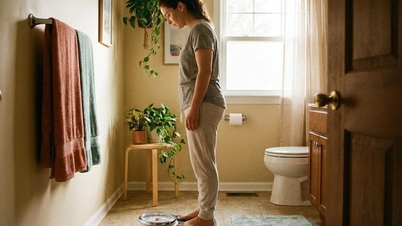



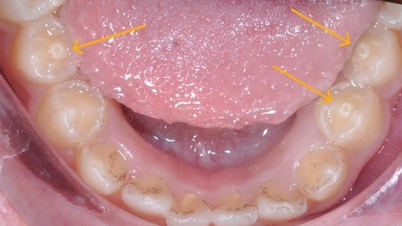


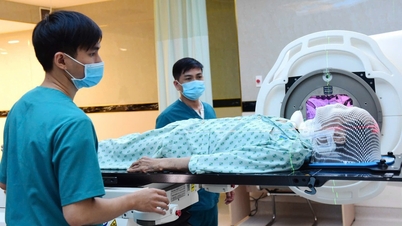









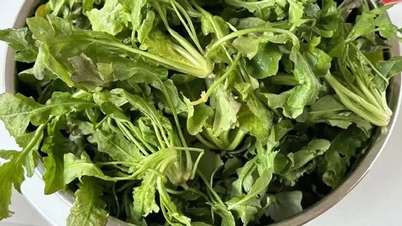


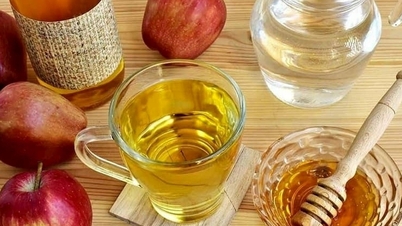











































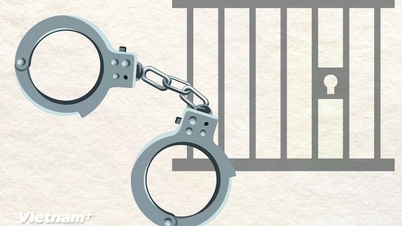





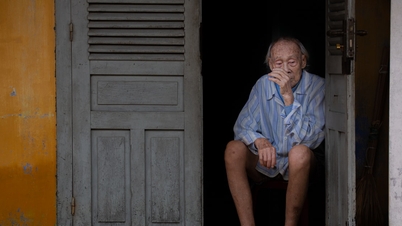

























Comment (0)